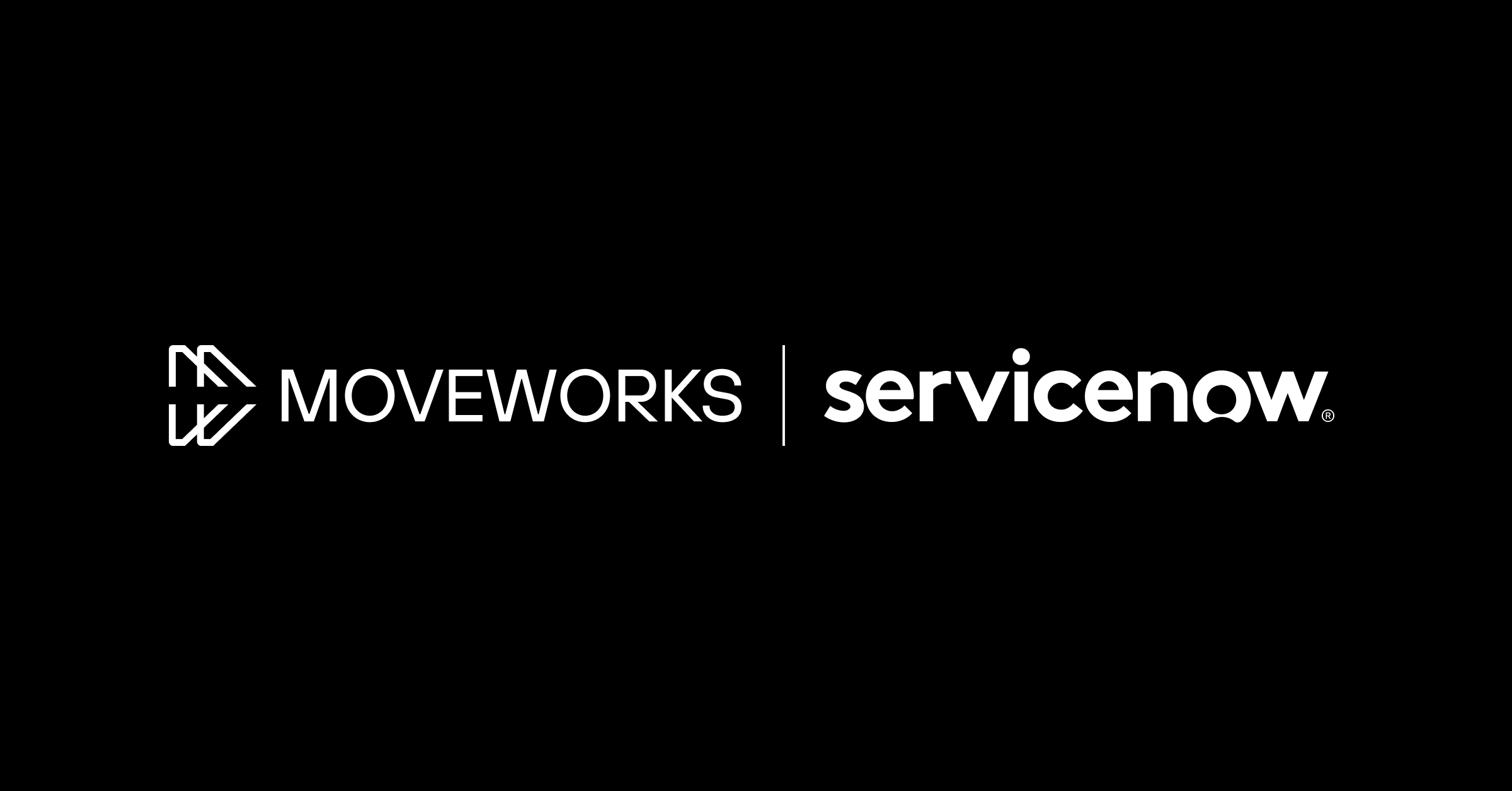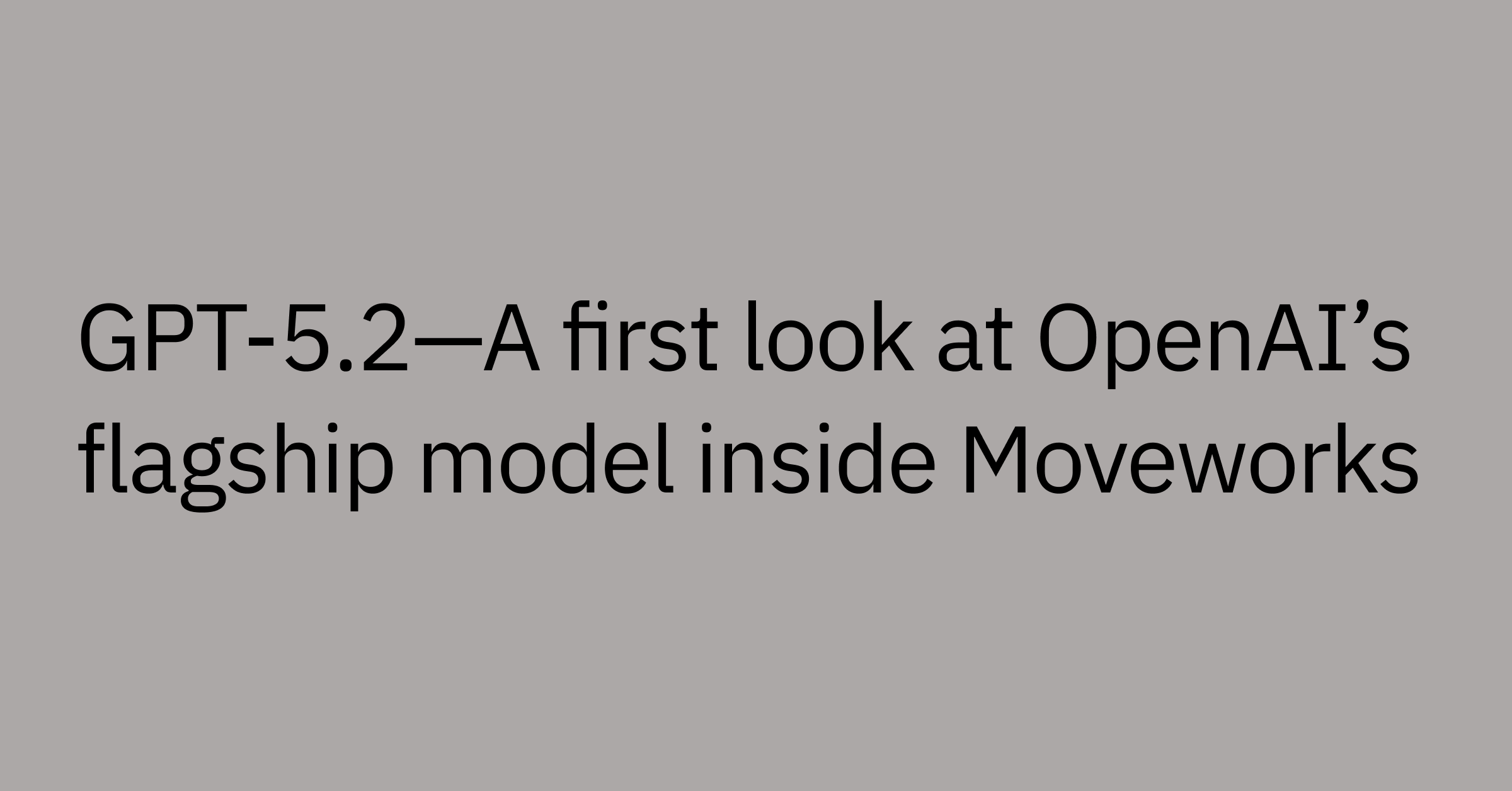Table of contents
Providing efficient IT support is crucial for employee productivity and satisfaction. However, many companies struggle with long wait times and delays that negatively impact operations.
Our analysis of over 200 organizations found that — without AI — the average mean time to resolution (MTTR) is over 30 hours. However, industry-leading companies using AI achieve under 15-hour MTTR, solving issues in less than half the time.
This report will highlight key help desk metrics that top-performing companies focus on to drive improvements, including wait times for high-touch issues, access requests, troubleshooting, and approvals.
By benchmarking against these AI-enabled leaders, IT teams can set targeted goals to optimize support and achieve the ambitious “zero L1 support” vision in 2024.
What are help desk metrics?
When it comes to optimizing the performance of your IT support team, keeping a close eye on a suite of metrics is crucial. These metrics provide invaluable insights into the efficiency, responsiveness, and overall satisfaction levels of your help desk and employees overall.
While there's an array of metrics available, some hold more significance in driving improvements within your support infrastructure, including:
- Ticket volume: The total number of support tickets received over a specific period.
- Support tickets opened vs. solved: A comparison between tickets initiated and those successfully resolved within a defined timeframe.
- Ticket distribution: An analysis of ticket allocation among support agents or departments to ensure a balanced workload.
- Response time: The duration it takes for the support team to acknowledge a ticket after it's raised.
- Resolution time: The time taken to fully resolve a ticket and provide a solution to the user's issue.
- First contact resolution: The percentage of issues resolved in the initial contact without escalations or further follow-ups.
- Employee satisfaction: Feedback from users or employees regarding their satisfaction with the support received.
- Support agent performance: Individual metrics related to agent productivity, resolution rates, and employee satisfaction scores.
These metrics serve as the backbone for assessing the operational effectiveness of your help desk. However, while each metric provides valuable insights, focusing in on a select few can significantly impact your team's performance and employee satisfaction levels.
Benchmarking against the best becomes crucial as support expectations rise. While tracking overall ticket volumes offers value, prioritizing key metrics differentiates top quartile performance.
We recommend IT leaders focus in on five measurements in 2024:
- Mean time to resolution (MTTR): The average time to fully resolve support tickets.
- High-touch issue resolution time: The time to resolve complex issues needing subject matter expert input.
- Access restoration time: How long it takes to reset passwords or unlock accounts.
- Time to answer troubleshooting questions: Duration to provide answers to how-to inquiries.
- Approval wait time: The time needed to obtain manager approvals for requests.
By treating these as five key performance indicators, IT organizations can quantify gaps versus AI-enabled leaders racing ahead. Shaping goals around matching industry-top performance motivates meaningful improvements, and using these metrics as a strategic compass prevents IT from stagnating while re-envisioning what’s possible.
In this report, we benchmark resolution times across these critical metrics, revealing a growing performance gap between companies embracing innovations like AI versus those still relying on legacy systems. IT leaders can drastically improve operational efficiency in 2024 and beyond by focusing on these metrics and enabling intelligent automation.
Why track mean time to resolution (MTTR)?
Mean time to resolution (MTTR) measures the average duration from when an issue is reported to when it is completely resolved. It encapsulates both wait times and resolution times.
Long MTTRs directly hurt employee productivity and satisfaction. Delays cause frustration, hamper work, and breed negative perceptions of IT support. Extended MTTRs reflects inefficiencies within the support system, signaling potential areas for improvement.
What is the MTTR benchmark for non-AI companies?
Companies not leveraging AI struggle with slower resolution times. For these firms, we found that the average MTTR exceeded 30 hours. In contrast, leaders using AI achieved under 15-hour MTTR, resolving issues 2x faster. This stark difference highlights AI's massive impact on accelerating support and underscores the significant opportunity for firms not already using AI in their operations.
By treating 30-plus hours as the baseline, IT teams not currently using AI tools can quantify their potential gains. Cutting MTTR by half could dramatically improve employee experience and operational efficiency.
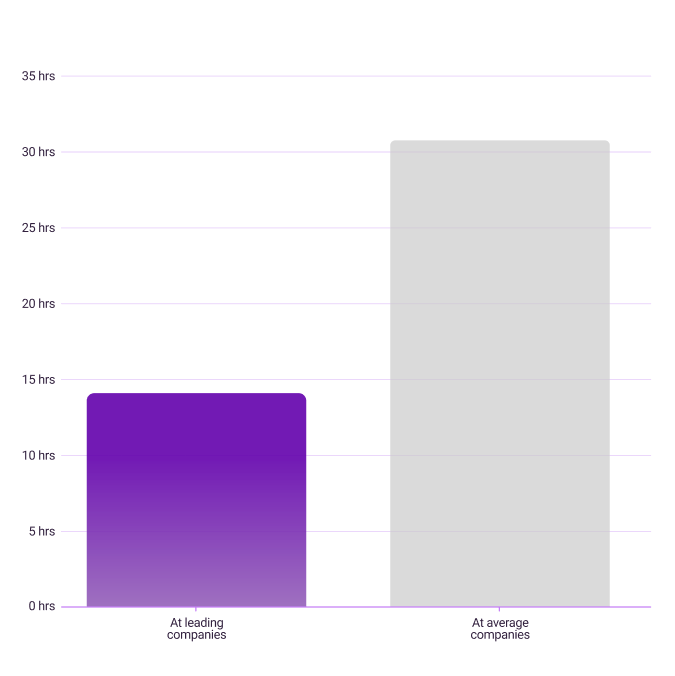 Figure 1: Comparison of mean time to resolution (MTTR) between companies using AI and not using AI in their support environments.
Figure 1: Comparison of mean time to resolution (MTTR) between companies using AI and not using AI in their support environments.
How to improve MTTR?
- Optimize ticket routing: Implement AI-powered ticket routing to swiftly direct queries to the most appropriate experts.
- Leverage automation with an AI copilot: Introduce chat-based automation for routine tasks, allowing quicker resolution for common issues and faster responses to queries.
- Enhance self-service options: Develop self-help resources and knowledge bases to empower employees to resolve minor issues independently.
- Regular performance analysis: Continuously monitor and analyze support operations with AI analytics to identify bottlenecks and areas for improvement.
By focusing on these strategies, companies can significantly reduce overall support wait times, improving employee satisfaction and overall operational efficiency.
To offer just one success story, Nutanix implemented a Moveworks copilot and achieved a 90% employee satisfaction rate with IT support. Moveworks resolved tens of thousands of tickets autonomously, with an average MTTR of just seven seconds per issue, dramatically accelerating resolution times and boosting productivity and efficiency across Nutanix's 6,000-plus employee base.
Why track high-touch issue resolution time?
Employees with high-touch issues depend on subject matter experts for solutions. Fixing a broken printer or reconfiguring Salesforce tends to require more than a single L1 help desk agent.
When it comes to these high-touch issues, you might assume that automation might hurt, not help. Instead, we’ve found automation is particularly crucial in these cases.
Tracking high-touch issues spotlights automation's hard dollar impact. Comparing baseline performance quantifies massive gains from AI, as faster expert resolution directly translates to unblocked employees and boosted output.
Monitoring high-touch MTTR also reveals process breakdowns. Lengthy times expose other gaps in triage, routing, and troubleshooting. This intelligence can be used to feed targeted improvements around collaboration and knowledge sharing.
What is the high-touch issue resolution time benchmark for non-AI companies?
Our benchmarking discovered a jarring gap. Best-in-class organizations use AI to resolve tricky issues in around 20 hours. On the other hand — firms not using AI take nearly double that time at 40-plus hours.
This stark contrast shows even specialized resolutions benefit enormously from intelligent automation. By treating 40-plus hours as a baseline, IT leaders launching new AI tools can better quantify their success.
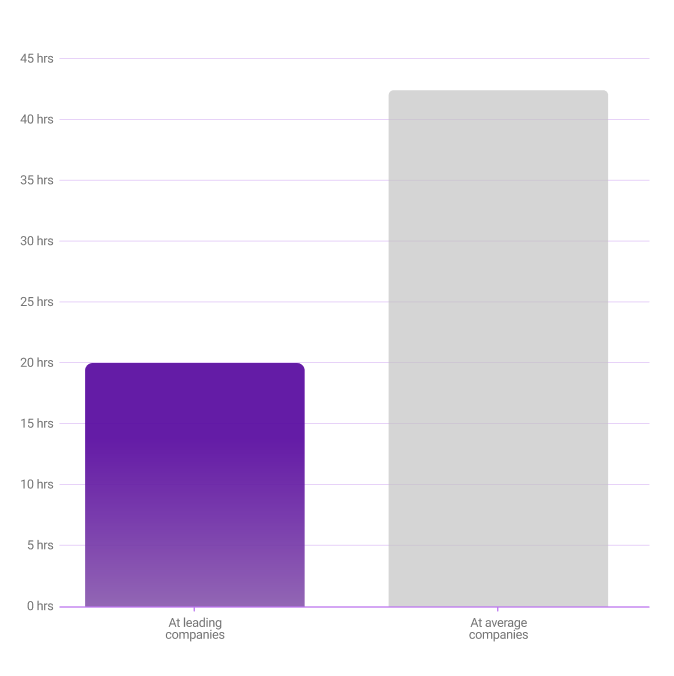 Figure 2: Comparison of mean time to resolution (MTTR) for high-touch issues between companies using AI and not using AI in their support environments.
Figure 2: Comparison of mean time to resolution (MTTR) for high-touch issues between companies using AI and not using AI in their support environments.
How to improve high-touch issues resolution time?
Enhancing support for high-touch issues involves leveraging AI-driven tools, especially the latest LLMs, such as GPT-4:
- Natural language understanding (NLU): LLMs excel in comprehending complex language structures and nuances. They can interpret intricate queries or issues submitted by employees, allowing for a deeper understanding of the problem at hand.
- Problem-solving guidance: AI can assist in providing initial troubleshooting steps or guidance for resolving high-touch issues, suggesting potential solutions or directing users to relevant resources by analyzing past data or accumulated knowledge.
- Knowledge base enrichment: Generative AI can continuously enrich and update knowledge bases by analyzing and incorporating new information, ensuring a more comprehensive repository for resolving future high-touch issues.
- Efficient triage and routing: AI can aid in categorizing and routing high-touch issues to the appropriate subject matter experts or departments, streamlining the resolution process.
- Continuous learning and improvement: Through continuous interactions and feedack, AI-powered tools can improve their understanding and accuracy in addressing high-touch issues over time.
By leveraging the capabilities of AI, companies can streamline support processes, accelerate issue resolution, and enhance the overall efficiency of handling complex problems encountered by employees.
For example, Broadcom implemented Moveworks' LLM-powered platform to resolve over 50% of IT issues in under 60 seconds. Moveworks uses layers of AI tools to analyze open-ended queries and instantly provide employees with the necessary answers or troubleshooting steps, improving Broadcom's ability to handle both simple and highly complex support tickets.
Why track access restoration time?
There are several use cases — password resets, account unlocks — where it might take an agent minutes to perform the task, but the ticket sits in the queue for hours. Industry-leading companies use this as an opportunity to introduce AI-powered back-end automation tools to trigger workflows.
Access restoration time spotlights a key friction point. The direct cost of idle employees quickly compounds but goes unnoticed. AI-driven workflows inject instant, hands-free fixes between ticket creation and assignment.
What is the access restoration time benchmark for non-AI companies?
For legacy companies, the average wait time for access-related issues typically extends to 12 hours, highlighting the discrepancy between these organizations and those leveraging AI solutions. AI-equipped companies manage to reduce this wait time significantly, with an average wait time of merely 2 hours, providing swift access for employees.
Well, it means that employees aren’t held back by pesky, easy-to-resolve issues like lockouts or password resets. Instead of losing half a day of work stuck waiting, they can get back to business in minutes.
The 12-hour access delay at average firms spotlights a massive loss in productivity from employee downtime. Yet because tickets sit idly rather than demand urgent firefighting, this tends to fly under the radar. AI-driven workflows inject instant relief precisely where needed, neatly sidestepping queues and human bottlenecks.
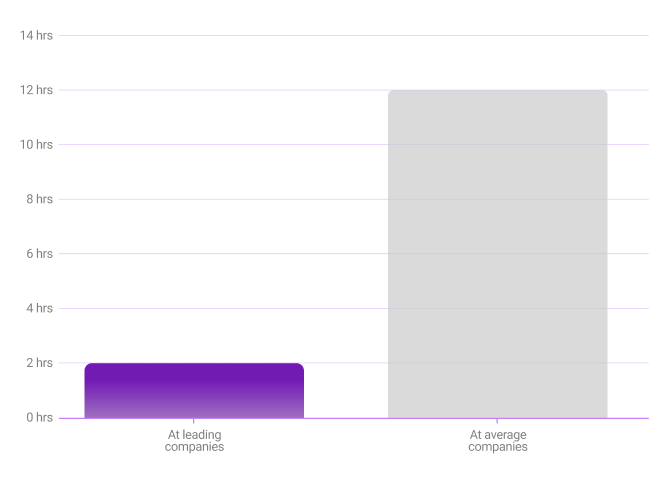 Figure 3: Comparison of access restoration time between companies using AI and not using AI in their support environments.
Figure 3: Comparison of access restoration time between companies using AI and not using AI in their support environments.
How to improve access restoration time?
- Automated access management: Implement AI systems for automatic account resets and unlock procedures to expedite access restoration.
- Self-service options: Develop intuitive self-service portals empowering employees to resolve access-related issues independently.
- Chat support: Introduce AI-driven chat support for 24/7 assistance and immediate resolution of access-related queries.
- Custom LLM workflows: Employ AI-powered workflows customized for specific needs to automate access provisioning or issue resolution, ensuring quicker response times and improved access management across your enterprise ecosystem.
The result of removing access issues can be demonstrated by Procore. This company launched an AI-powered Moveworks copilot called Bolt that provides instant access issue resolution directly in Slack. Bolt now handles over 80% of Procore's employee IT requests, including access unlocks and password resets, achieving 98% employee satisfaction. By leveraging AI for quick account fixes, Procore eliminated password tickets and other access requests as a burden for agents.
Why track time to answer troubleshooting questions?
All help desks have extensive knowledge base articles documenting solutions that only specialists at the company would know. And lengthy delays in answering common, well-documented troubleshooting questions can carry hard costs.
The problem is that in conventional organizations, it takes a lot of time and effort from the help desk agent to offer a customized solution to an employee, impacting wait times. However, innovative leaders use AI to transform these long, hard-to-reach articles into bite-sized solutions.
What is the time to answer troubleshooting questions benchmark for non-AI companies?
A stark 13-hour discrepancy exists between companies leveraging automation and those that don't. AI-empowered companies resolve troubleshooting queries in approximately 22 hours, whereas average companies take around 35 hours to provide solutions.
Employees increasingly seek personalized solutions, and help desk agents invest considerable time gathering information to tailor these answers. Leading companies automate this process using AI to collect contextual information, equipping agents with a comprehensive understanding while addressing queries.
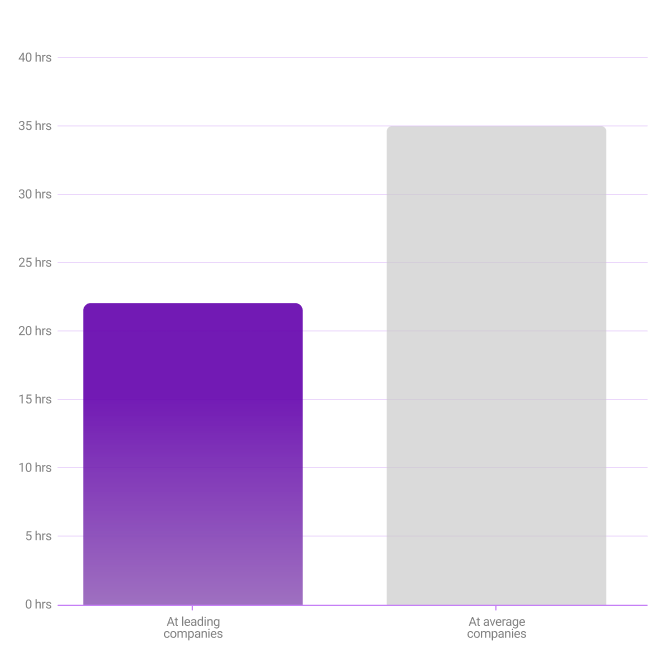 Figure 4: Comparison of time to answer troubleshooting questions between companies using AI and not using AI in their support environments.
Figure 4: Comparison of time to answer troubleshooting questions between companies using AI and not using AI in their support environments.
How to improve time to answer troubleshooting questions?
Enhancing troubleshooting question resolution times involves embracing AI-driven strategies:
- Context-aware AI solutions: Implement AI tools to gather and provide context around employee queries, enabling help desk agents to have a holistic view while responding to questions.
- Automated knowledge extraction: Utilize AI to distill complex knowledge base articles into easily understandable and readily accessible solutions.
- LLM-powered AI copilots: Introduce AI-driven tools that assist agents in finding relevant information swiftly, expediting the resolution process.
By implementing these AI-driven approaches, organizations can significantly reduce troubleshooting question resolution times, ensuring quicker, more accurate responses for enhanced employee productivity and operational efficiency.
For example, Mercari launched a Moveworks AI copilot that now autonomously handles 74% of IT issues. The tool leverages natural language understanding to analyze open-ended queries and instantly surface accurate answers, dramatically accelerating Mercari's troubleshooting and question response capabilities.
Why track approval wait time?
Slow approvals directly reduce productivity. Employees and projects halt awaiting decisions, causing compounding downstream impacts. Lengthy approval times also degrade worker perceptions of leadership responsiveness.
Monitoring approval time quantifies the opportunity from conversational AI. By expediting replies with real-time chat conversations, AI eliminates more than ten wasted hours per approval. Comparing legacy latency against instant, automated approvals demonstrates AI's immense potential to unblock productivity and transform enterprise communications.
What is the approval wait time benchmark for non-AI companies?
People wait nearly 12 hours for approvals primarily due to the primary mode of communication — email and siloed support channels. This approach is why leading organizations have trouble attacking the root of the problem: poor communication.
Industry-leading companies have incorporated conversational AI to bring these requests to an enterprise chat platform, allowing managers to give approvals as soon as they see their employees’ messages.
To move from an average company to one leading the pack, you must prioritize the employee experience. Conversational AI is a powerful tool with limitless applications. It can help your help desk agents eliminate their pain points and significantly reduce employees’ wait times.
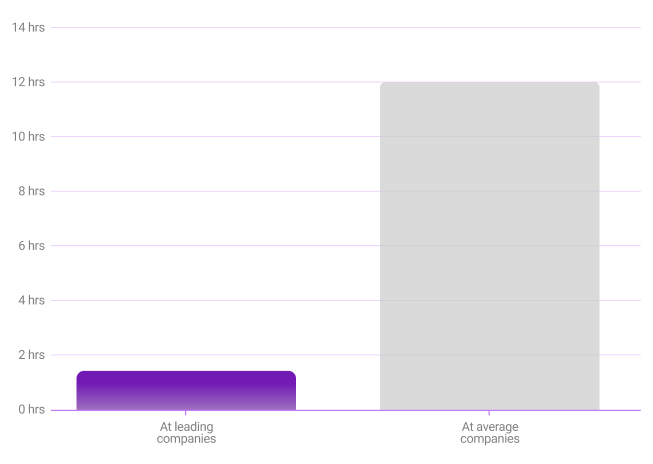 Figure 5: Comparison of approval wait time between companies using AI and not using AI in their support environments.
Figure 5: Comparison of approval wait time between companies using AI and not using AI in their support environments.
How to improve approval wait time?
- Automate approval workflows: Design and implement automated approval workflows using AI-driven systems. These workflows can intelligently route requests to the relevant managers based on predefined criteria, expediting the approval process.
- Enterprise chat integration: Integrate conversational AI into enterprise chat platforms to streamline approval requests. AI-driven chatbots can facilitate the submission of requests and prompt managers for approvals within the chat interface, reducing delays associated with traditional communication channels.
- Real-time notifications: Enable real-time notifications to alert managers about pending approval requests. AI-powered systems can send proactive notifications to managers, ensuring timely attention and action on pending requests.
- Continuous improvement through AI insights: Utilize AI-generated insights and feedback loops to continuously refine approval processes. Analyze approval patterns, identify bottlenecks, and optimize workflows based on AI-driven recommendations for enhanced efficiency.
By adopting these AI-driven strategies, organizations can expedite approval processes and ensure smoother operations, quicker decision-making, and improved overall productivity within the workplace.
In just one example, loanDepot deployed Moveworks' conversational AI copilot which now routes approval requests directly in Microsoft Teams. Managers simply approve access and provisioning tickets via natural language in minutes rather than days. By leveraging automated workflows, loanDepot accelerated approvals from nearly a week to under 5 minutes.
Embracing AI to unlock the future of IT service
As an IT leader, achieving the ambitious goal of near-zero L1 support likely seemed unfathomable not long ago. The flood of routine tickets has always demanded extensive staffing to keep wait times from ballooning out of control. However, by embracing user-friendly AI like Moveworks' next-gen copilot, the path to minimizing these disruptive requests is coming sharply into focus.
Imagine being able to direct your talented IT technicians toward the subtle, complex issues where human intelligence is invaluable. Rather than wearing down your staff resetting passwords, AI could shoulder the bulk of these mundane tasks automatically. Employees would enjoy rapid resolutions without endless emails or calls. With your staff unleashed to focus on critical systems and innovation, you'd finally have the bandwidth to transform technology from a cost center into a true competitive advantage.
The benchmarks we've highlighted represent more than just operational metrics — they are a North Star vision for the modern IT support experience. While the industry average remains mired in delays, AI innovators are racing towards the zero L1 support dream. I urge you to evaluate these new solutions with your organization's future in mind. Because achieving ambitious goals starts with one bold step into the frontier of the possible.
See how employees can use one conversational interface to surface information and take action across every enterprise system. Get a live product tour of Moveworks.

